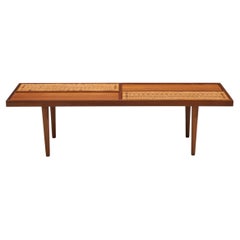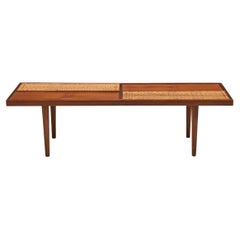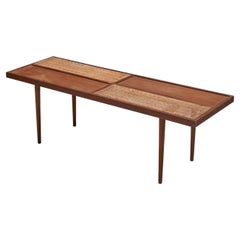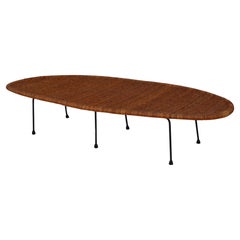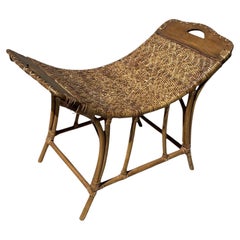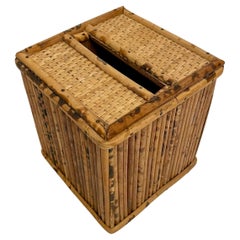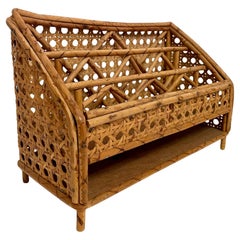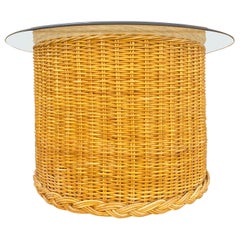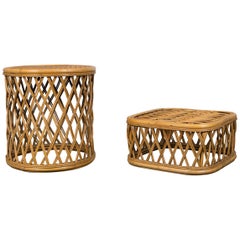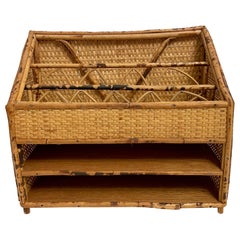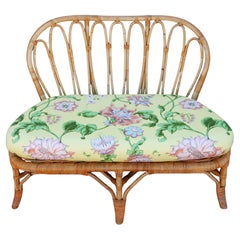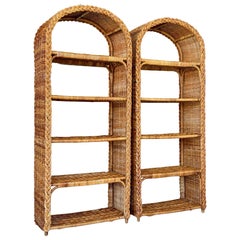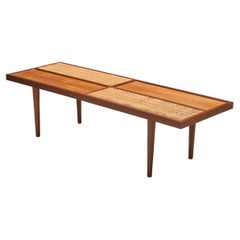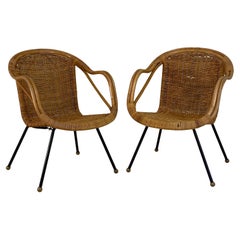Rattan Hong Kong
Vintage 1970s Hong Kong Mid-Century Modern Coffee and Cocktail Tables
Rattan, Teak
Vintage 1970s Hong Kong Mid-Century Modern Coffee and Cocktail Tables
Rattan, Teak
Vintage 1970s Hong Kong Mid-Century Modern Coffee and Cocktail Tables
Rattan, Teak
Vintage 1960s Hong Kong Mid-Century Modern Card Tables and Tea Tables
Iron
Vintage 1950s Hong Kong Mid-Century Modern Benches
Rattan
Mid-20th Century Hong Kong Mid-Century Modern Bathroom Fixtures
Bamboo, Rattan, Reed
Mid-20th Century Hong Kong Adirondack Desk Sets
Wicker, Cane, Rattan
Late 20th Century Hong Kong Mid-Century Modern Side Tables
Rattan
Vintage 1960s Hong Kong Side Tables
Rattan
Mid-20th Century Hong Kong Adirondack Desk Sets
Bamboo, Rattan
Mid-20th Century Hong Kong Bohemian Settees
Rattan, Wicker
Mid-20th Century Hong Kong Organic Modern Shelves
Rattan, Wood
Late 20th Century Hong Kong Chinese Export Side Tables
Mother-of-Pearl, Rattan, Wood
20th Century Hong Kong Chinoiserie Desks
Leather, Wood
Mid-20th Century Hong Kong Ming Stools
Rosewood
20th Century Hong Kong Chinoiserie Antiquities
Bamboo, Rattan, Wood, Paint
Mid-20th Century Hong Kong Beaux Arts Wall Brackets
Bamboo, Rattan, Wood
Mid-20th Century Hong Kong Mid-Century Modern Commodes and Chests of Dra...
Bamboo, Wicker, Rattan, Wood
Recent Sales
Vintage 1970s Hong Kong Mid-Century Modern Coffee and Cocktail Tables
Rattan, Teak
Vintage 1970s Hong Kong Mid-Century Modern Lounge Chairs
Steel
Vintage 1980s Hong Kong Footstools
Rattan, Wood
Vintage 1960s Hong Kong Lounge Chairs
Rattan
Vintage 1960s Hong Kong Mid-Century Modern Sectional Sofas
Upholstery, Rattan
20th Century Hong Kong Chinoiserie Decorative Baskets
Wicker, Cane, Rattan
Vintage 1980s Hong Kong Bohemian Coffee and Cocktail Tables
Rattan
Vintage 1950s Hong Kong Chaise Longues
Rattan
20th Century Hong Kong Chinoiserie Barware
Bamboo, Rattan, Wood
Mid-20th Century Hong Kong Mid-Century Modern Platters and Serveware
Bamboo, Rubber, Rattan
Vintage 1970s American Chinese Export Decorative Baskets
Bamboo, Rattan
Vintage 1960s Hong Kong Chinoiserie Decorative Baskets
Metal
Vintage 1970s Hong Kong Bohemian Coffee and Cocktail Tables
Rattan, Glass
Late 20th Century Hong Kong Rustic Wall Brackets
Rattan
Vintage 1970s Hong Kong Picture Frames
Wicker, Rattan
Vintage 1970s Hong Kong Bohemian Side Tables
Wicker, Rattan, Glass
1970s Hong Kong Novelty Bags
Mid-20th Century Hong Kong Mid-Century Modern Lounge Chairs
Wicker, Rattan
Mid-20th Century Hong Kong Mid-Century Modern Magazine Racks and Stands
Marble
Vintage 1970s Hong Kong Bohemian Ottomans and Poufs
Upholstery, Rattan
20th Century Hong Kong Mid-Century Modern End Tables
Bamboo, Rattan
Mid-20th Century Hong Kong Mid-Century Modern Chairs
Chrome
Mid-20th Century Hong Kong More Desk Accessories
Wicker, Rattan
Vintage 1960s Hong Kong Club Chairs
Wicker, Rattan
Mid-20th Century Hong Kong Mid-Century Modern Lounge Chairs
Rattan
20th Century Hong Kong Chinoiserie Serving Tables
Bamboo, Rattan, Wood
Mid-20th Century Hong Kong Mid-Century Modern Lounge Chairs
Rattan
Vintage 1960s Hong Kong Chinese Export Patio and Garden Furniture
Wicker, Rattan, Wood
20th Century Hong Kong Chinese Export Dry Bars
Wicker, Rattan, Reed
Vintage 1960s Hong Kong Armchairs
Vintage 1950s Hong Kong Coffee and Cocktail Tables
Iron, Brass
Mid-20th Century Hong Kong Armchairs
Rattan, Willow
Vintage 1950s Hong Kong Mid-Century Modern Armchairs
Metal
Vintage 1970s Hong Kong Mid-Century Modern Magazine Racks and Stands
Rattan, Bamboo
People Also Browsed
2010s American American Craftsman Coffee and Cocktail Tables
Bronze
2010s Table Lamps
Iron
2010s American Modern Contemporary Art
Paper
21st Century and Contemporary French Art Deco Table Lamps
Hide, Wood, Parchment Paper
Mid-20th Century French Coffee and Cocktail Tables
Wood
Vintage 1960s Danish Mid-Century Modern Coffee and Cocktail Tables
Palisander
Vintage 1970s Italian Coffee and Cocktail Tables
Walnut
Mid-20th Century Austrian Modern Chandeliers and Pendants
Brass
2010s American Shaker Stools
Maple, Walnut
21st Century and Contemporary American Scandinavian Modern Wall Lights a...
Brass
21st Century and Contemporary American Mid-Century Modern Flush Mount
Steel, Brass, Gold, Silver
20th Century Modern Ottomans and Poufs
Metal, Iron
Mid-20th Century Burmese Hollywood Regency Table Lamps
Wood
Vintage 1960s Italian Mid-Century Modern Coffee and Cocktail Tables
Smoked Glass, Wood
Vintage 1970s Mid-Century Modern Coffee and Cocktail Tables
Burl
21st Century and Contemporary American Mid-Century Modern Flush Mount
Brass
